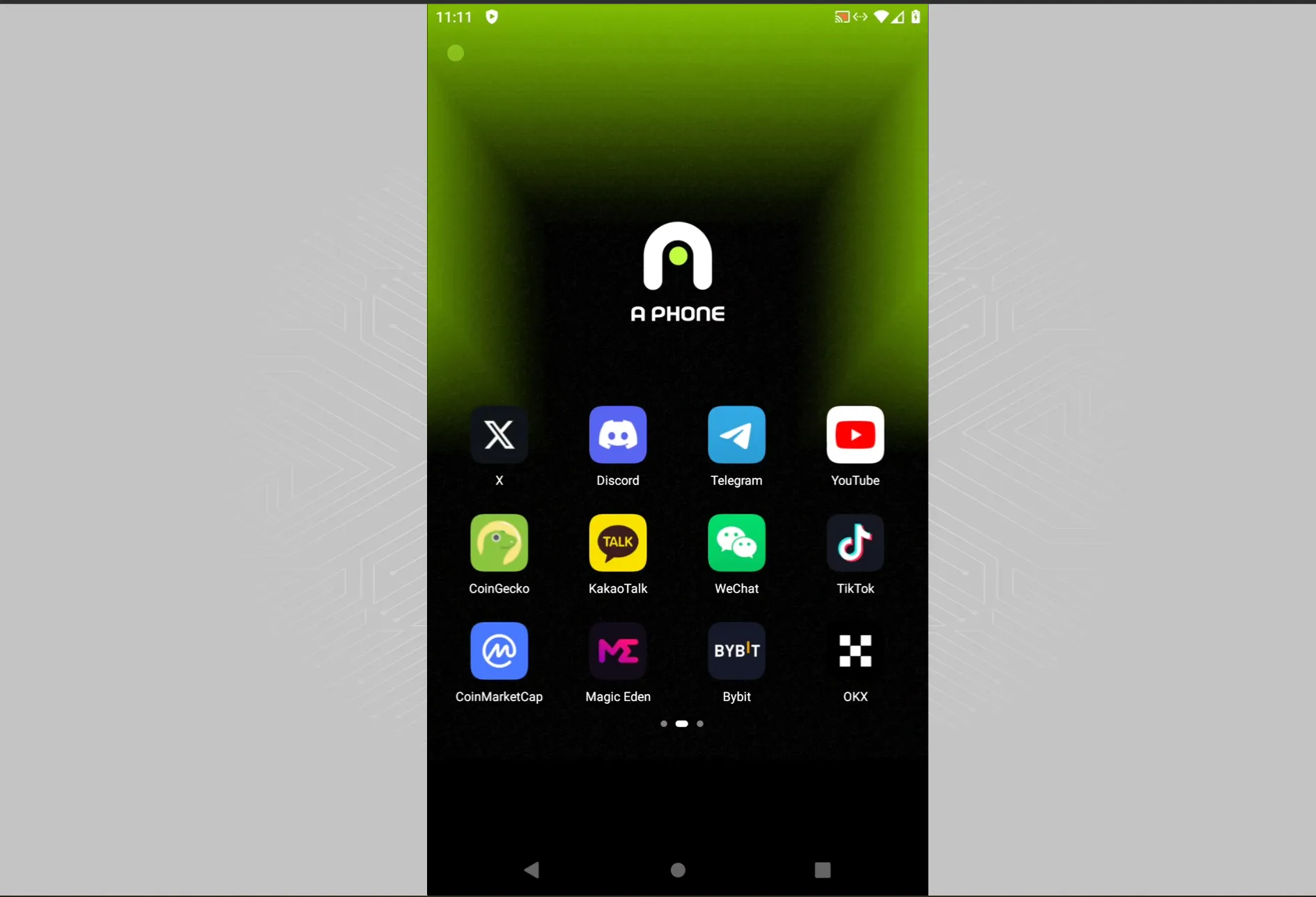A new virtual smartphone application, Aphone, has launched on Solana’s blockchain and Aethir’s decentralized cloud infrastructure, targeting users with outdated hardware and those in emerging economies. Here’s how it works and why it’s making waves:
Reviving Outdated Hardware:
Aphone offers a virtual smartphone experience that users can access through their current devices, whether on a browser, Android, or Apple device. It bypasses the hardware limitations of older smartphones by leveraging Aethir’s decentralized cloud-based GPU computing infrastructure. This allows users to run Web3 applications smoothly without needing local hardware upgrades.
Onboarding Users to Web3:
The team behind Aphone envisions the virtual device as a gateway to the broader Web3 ecosystem. As smartphones become more prevalent in emerging markets, Aphone aims to provide access to advanced Web3 applications, NFTs, DeFi platforms, and blockchain games.
How it Works:
Aphone operates on a decentralized cloud-based infrastructure, allowing users to access apps and games that their physical devices may not be able to handle. Users pay $20 a year for access, which is facilitated through the purchase of an Aphone nonfungible token (NFT) minted and burned on the Solana blockchain.

Driving Web3 Adoption:
By leveraging Solana’s high transaction speeds, lower costs, and enhanced security, Aphone aims to provide a seamless Web3 experience. The device’s native token, PHONE, is used for governance and rewards incentivization, encouraging user engagement and participation in the platform.
Access to DePIN Networks:
Additionally, Aphone provides access to decentralized physical infrastructure networks (DePIN) operating on Solana, such as Helium, which rewards users for providing network coverage and validating transactions.
Aphone’s innovative approach to virtual smartphones showcases the potential of decentralized cloud technology in bridging the gap for users with outdated hardware, making advanced Web3 applications more accessible to all.







Leave a Reply